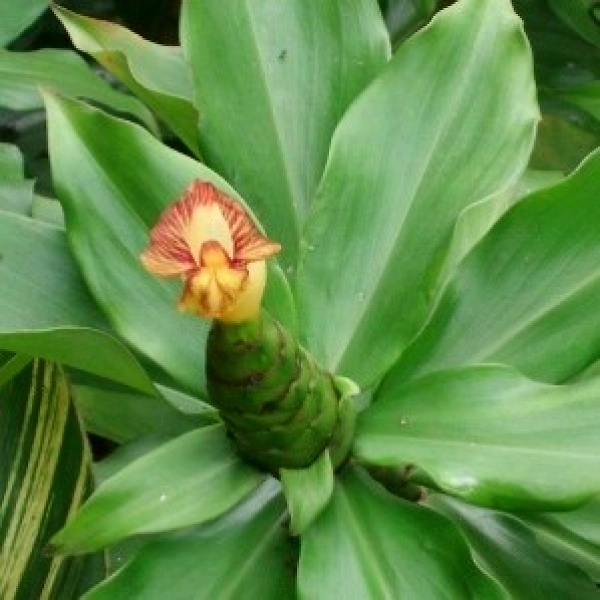The Amazing Insulin Plant: Nature's Gift for Diabetes Management
Introduction:
In a world where chronic diseases like diabetes are becoming increasingly prevalent, the search for natural remedies has gained momentum. One such marvel of nature is the Insulin Plant (Costus igneus), a relatively lesser-known herbaceous plant with potent properties to assist in diabetes management. In this blog, we will explore the Insulin Plant's origins, its remarkable health benefits, and how it can potentially help those with diabetes lead healthier lives.
Origins and Description:
The Insulin Plant, scientifically known as Costus igneus, is a member of the Costaceae family. Originally native to South and Central America, this herb has found its way to other tropical regions around the world, including parts of Asia. Often referred to as "Fiery Costus" or "Spiral Flag," the plant stands out for its striking appearance and unique spiral-shaped leaves.
Health Benefits:
Blood Glucose Regulation: The Insulin Plant has been traditionally used in Ayurvedic medicine for its blood glucose-lowering properties. Several scientific studies have explored its potential in managing diabetes, primarily due to its ability to stimulate beta cells in the pancreas, thereby enhancing insulin production.
Antioxidant Properties: Rich in antioxidants like flavonoids, polyphenols, and terpenoids, the Insulin Plant helps combat oxidative stress and reduces the risk of diabetic complications by neutralizing harmful free radicals in the body.
Anti-inflammatory Effects: Chronic inflammation is often linked to insulin resistance, a precursor to type 2 diabetes. The Insulin Plant's anti-inflammatory properties can help alleviate inflammation, potentially improving insulin sensitivity.
Weight Management: Obesity is a significant risk factor for type 2 diabetes. The Insulin Plant may aid in weight management by boosting metabolism and promoting fat breakdown, making it a valuable addition to a diabetes-friendly diet.
Cholesterol Regulation: Studies have suggested that the consumption of Insulin Plant leaves can positively influence lipid profiles by lowering LDL cholesterol and triglyceride levels, thereby promoting cardiovascular health in individuals with diabetes.
Utilization and Precautions:
The Insulin Plant can be consumed in various forms to harness its benefits:
Fresh Leaves: Consuming fresh Insulin Plant leaves directly or adding them to salads and juices is a popular way to incorporate this plant into your diet.
Powdered Form: Dried Insulin Plant leaves can be ground into a fine powder, which can be added to smoothies, herbal teas, or meals.
Infusion: Boiling Insulin Plant leaves in water to create an infusion is another method to extract its medicinal properties.
While the Insulin Plant shows great promise in assisting with diabetes management, it is essential to exercise caution:
Consult a healthcare professional before adding the Insulin Plant to your diabetes treatment plan, especially if you are on prescribed medications.
Individuals with hypoglycemia (low blood sugar) should be careful when using the Insulin Plant, as it may further lower blood sugar levels.
Pregnant and breastfeeding women should avoid using the plant, as there is limited research on its safety during these conditions.
Conclusion:
The Insulin Plant's potential as a natural aid in diabetes management is a ray of hope for those struggling with this condition. While it should not replace conventional medical treatment, it can be a valuable complementary approach to support overall health. Embracing nature's gifts, like the Insulin Plant, reminds us of the wonders that lie in the world around us, waiting to be discovered and harnessed for the betterment of our well-being. Remember, health is our most precious asset, and exploring the possibilities nature offers can lead us to a more fulfilling and healthier life.





